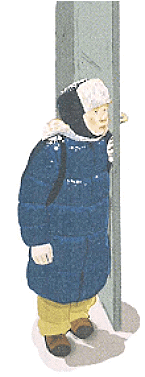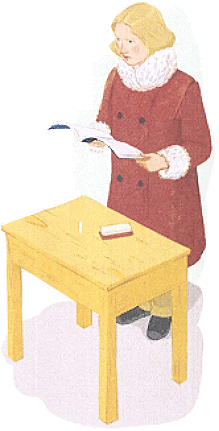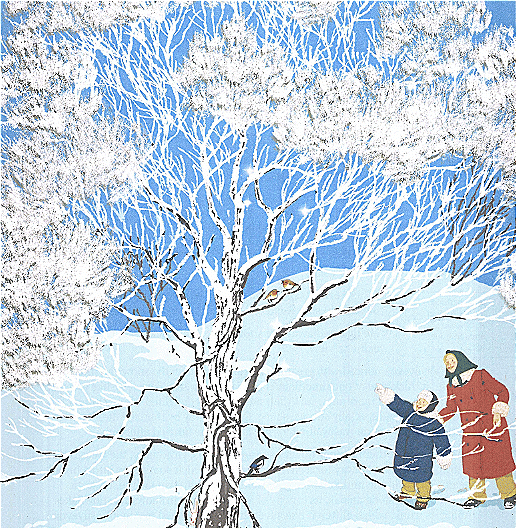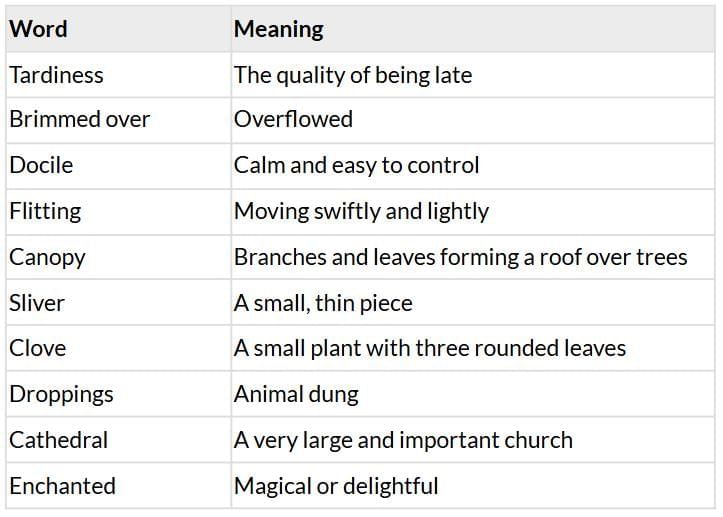Winter Oak Chapter Notes | Gul Mohar Class 6: Book Solutions, Summaries & Worksheets PDF Download
| Table of contents |

|
| About the Author |

|
| Detailed Summary |

|
| Moral / Message |

|
| Character Sketches |

|
| Vocabulary Table |

|
About the Author
Yuri Nagibin was a Russian writer known for his short stories, novels, and screenplays. He often explored themes like war, childhood memories, and Russian history. His works are celebrated for their vivid descriptions and attention to human emotions.
Detailed Summary
The story “Winter Oak” revolves around Anna Vasilyevna, a young, talented teacher who has just begun teaching at a village school in Uvarovka. She is cheerful, observant, and imaginative, but she feels nervous before her first lesson of the year, recalling how anxious she was last year, repeating grammar rules to herself like a schoolgirl before an exam. Despite this, she starts the lesson calmly and skillfully, guiding the students through parts of speech.
A student named Savushkin arrives late, and though she is initially upset, Anna Vasilyevna continues the lesson. During class, she encourages students to name familiar objects, and the small activity fills the room with joy. Savushkin suddenly shouts “Winter oak!”, combining nature and imagination in a surprising way. The teacher initially does not understand, but the boy’s excitement reveals his love for the natural world and his ability to see things uniquely.
Later, Anna accompanies Savushkin through a snowy forest, discovering a secret, peaceful world. The forest is alive with flitting birds, hare tracks, and hidden springs. Savushkin explains the life in the woods, including warm streams under snow and animal tracks, showing his deep connection to nature. Finally, they arrive at a majestic snow-covered oak, whose canopy glitters like silver, resembling a cathedral. Anna is awed by the tree and the hidden beauty of the forest.
Through this experience, Anna realizes that the magic of nature and the innocence of children can inspire wonder, joy, and imagination. She understands that even a difficult or late student can show remarkable insight and appreciation for life’s small wonders.
Moral / Message
The story teaches that curiosity, imagination, and observation can reveal the hidden beauty of the world. It also shows the importance of patience, understanding, and encouragement in teaching, as even a seemingly troublesome child can inspire wonder and learning.
Character Sketches
Anna Vasilyevna – A young, talented teacher with a cheerful and patient personality. She is observant, imaginative, and deeply cares for her students. Despite facing challenges, she encourages creativity and finds joy in discovering new experiences.
Savushkin – A curious and spirited student who often arrives late but has a keen sense of wonder. He is honest, imaginative, and loves nature. His excitement over the “Winter oak” inspires both his teacher and classmates.
Vocabulary Table

|
30 videos|61 docs|17 tests
|
FAQs on Winter Oak Chapter Notes - Gul Mohar Class 6: Book Solutions, Summaries & Worksheets
| 1. What is the main theme of "Winter Oak"? |  |
| 2. Who are the key characters in "Winter Oak," and what are their traits? |  |
| 3. What moral lessons can be drawn from "Winter Oak"? |  |
| 4. How does the author use symbolism in "Winter Oak"? |  |
| 5. What vocabulary is essential to understanding "Winter Oak"? |  |














